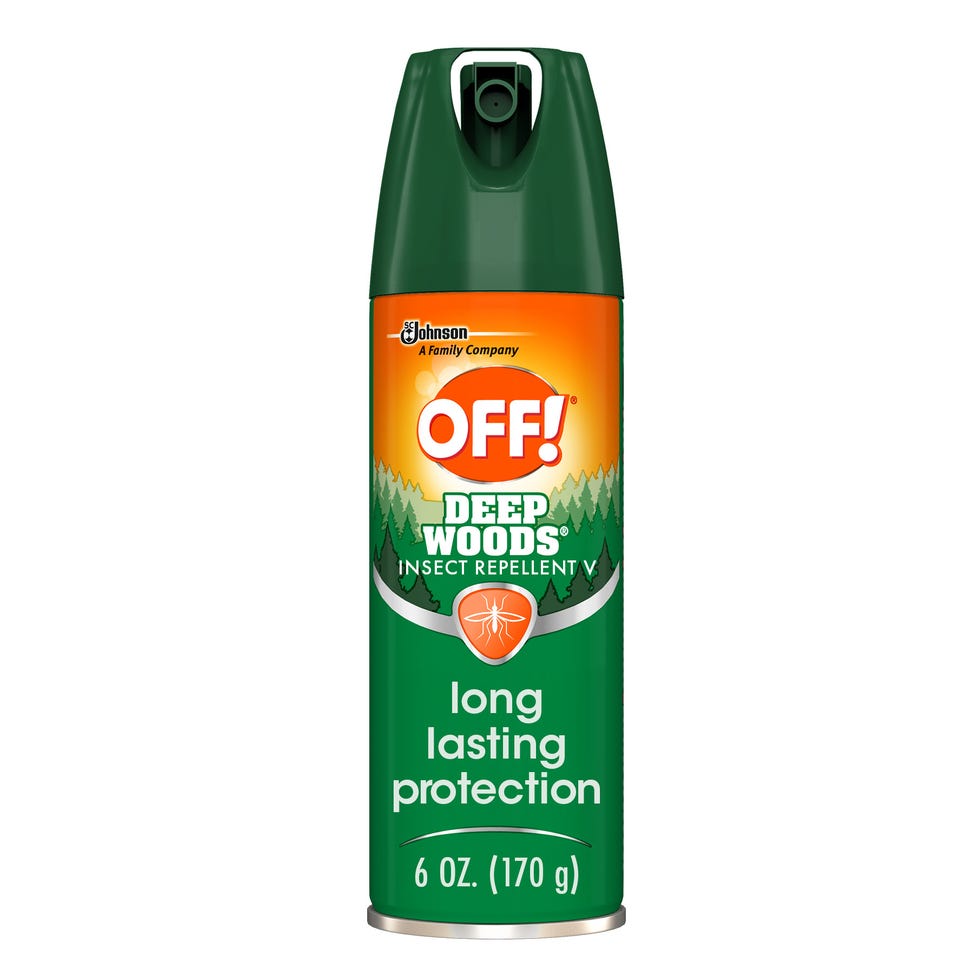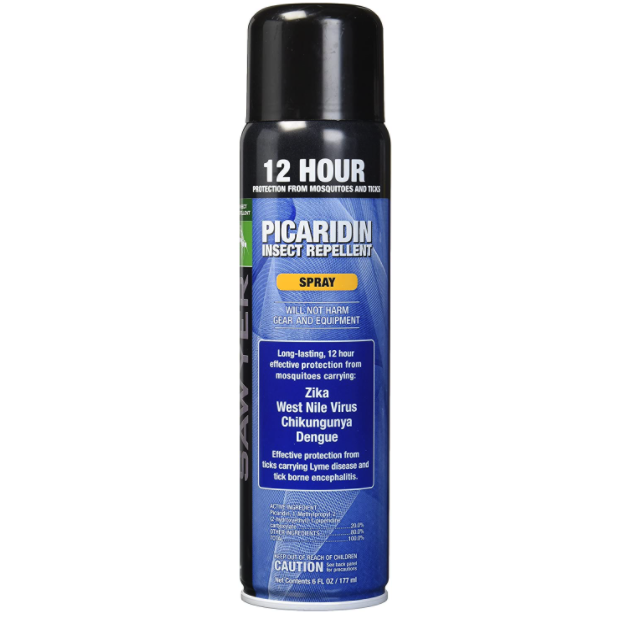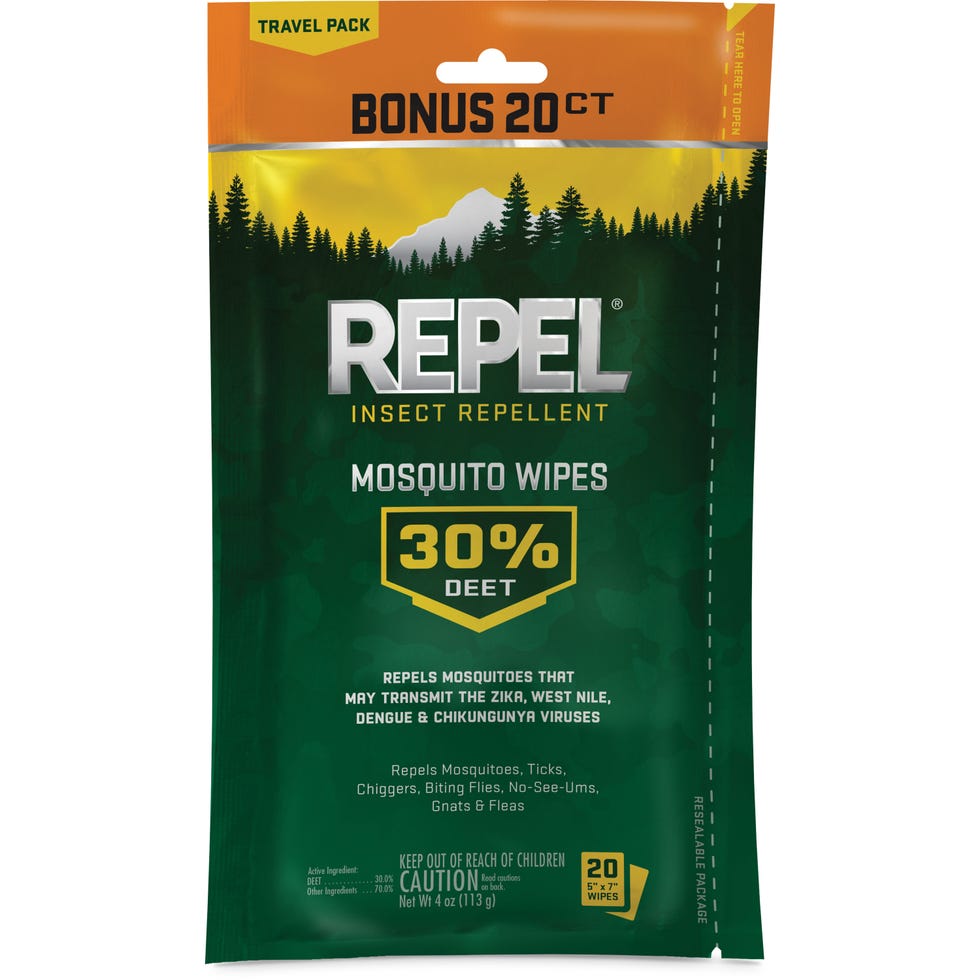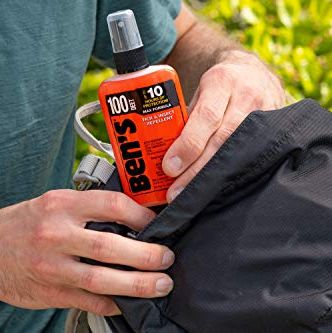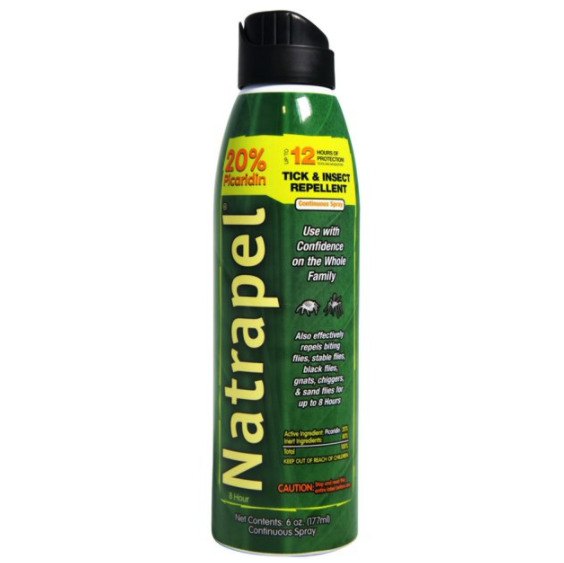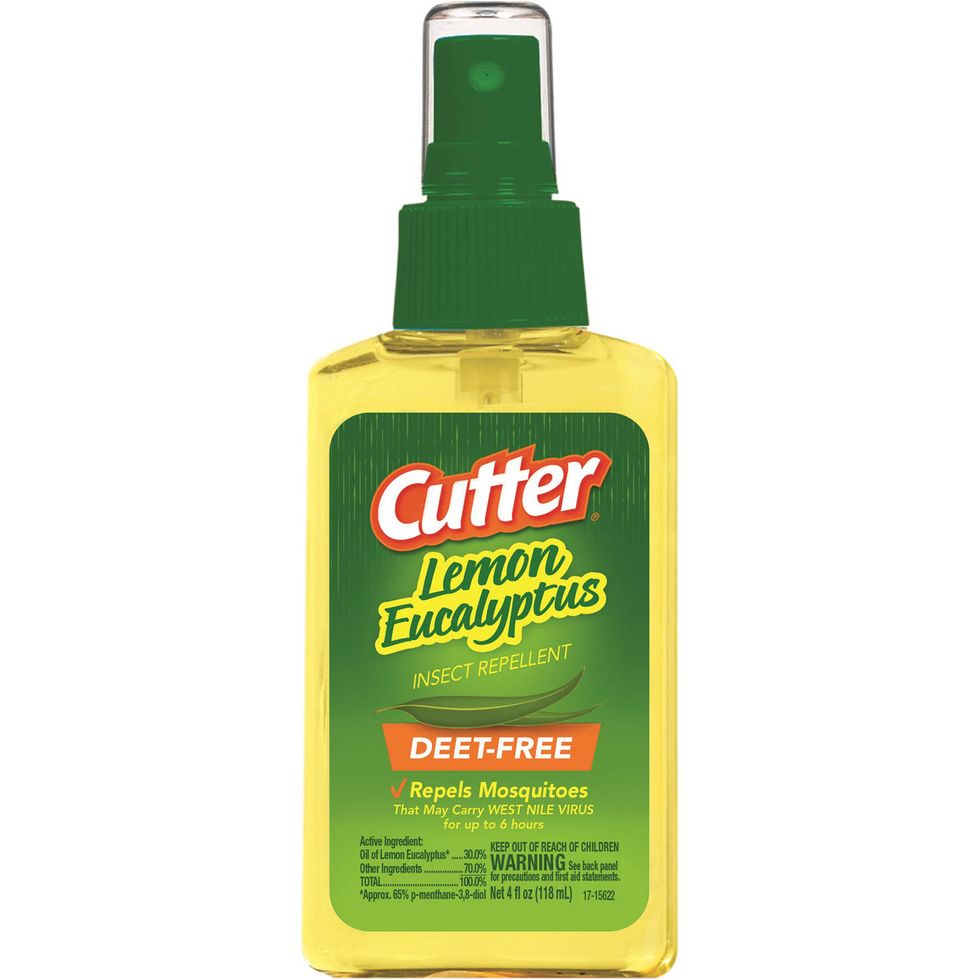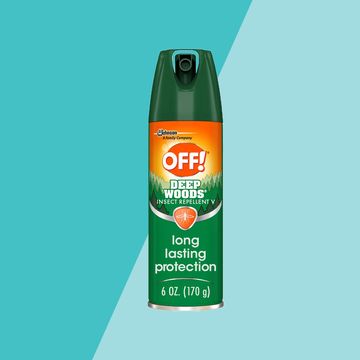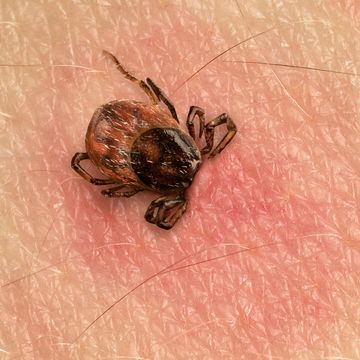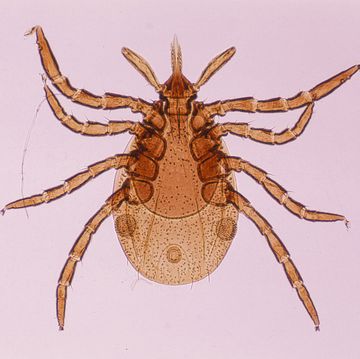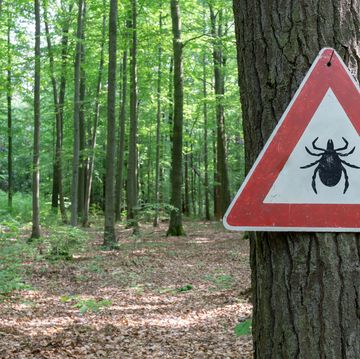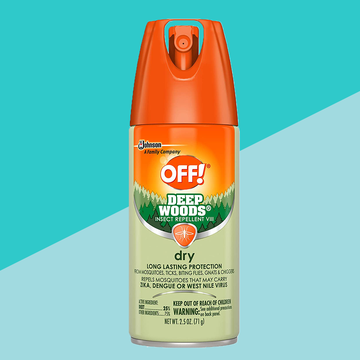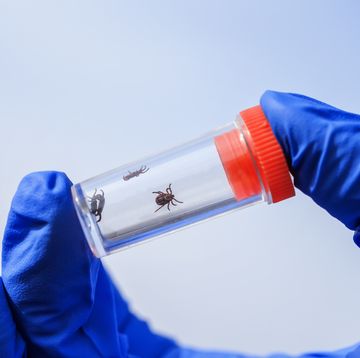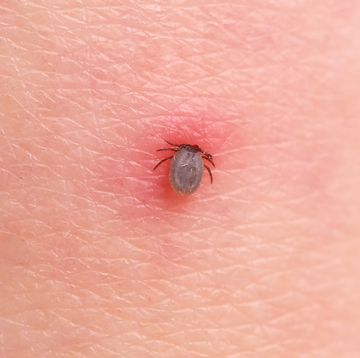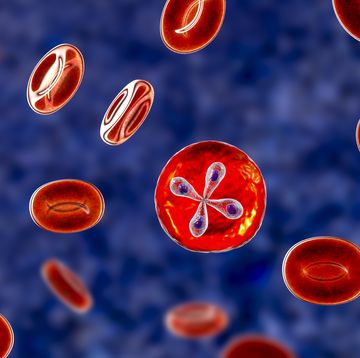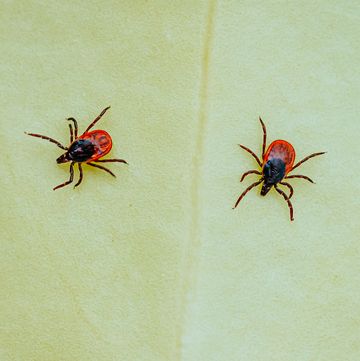Everyone remembers rocking out to Avril Lavigne’s breakthrough single “Sk8ter Boi” when it was first released in 2002—but for the last five years, the singer has all but disappeared from the spotlight. The 34-year-old has been quite open about her physically and emotionally challenging battle with Lyme disease, detailing her struggles in a recent letter to fans posted on her official website.
In a new interview with Billboard, she delves deeper into her health crisis, revealing that the illness kept her in bed for two years. Lavigne reveals that she started feeling unwell during her 2014 tour and went to multiple doctors. “I’m achy, I’m fatigued, I cannot get the fuck out of bed — what the f*ck is wrong with me?” she told them.
After it got worse, a friend suggested she call Yolanda Hadid of The Real Housewives of Beverly Hills, who had been diagnosed with the condition. Hadid gave her the number of a Lyme disease specialist. After that, Lavigne claims she was in bed “for f*cking two years,” feeling “trapped” in her own body.
“I had accepted that I was dying,” she said. “And I felt in that moment like I was underwater and drowning, and I was trying to come up to gasp for air. And literally under my breath, I was like, ‘God, help me keep my head above the water.’” Her experience inspired her to write the first song released on her new album, “Head Above Water,” and though she is still angry that she was bit by a tick, she has succeeded in finding the silver lining: “I’ve really had the time to be able to just be present, instead of being, like, a machine: studio, tour, studio, tour. This is the first break I’ve ever taken since I was 15,” she admits.
What is Lyme disease, and how does it affect the body?
Lyme disease—which is transmitted through the bite of a tick infected with the bacteria Borrelia burgdorferi—affects an estimated 300,000 people every year, according to the Centers for Disease Control and Prevention (CDC). In fact, Lyme disease accounted for 82 percent of all tick-borne diseases reported from 2004 to 2016, an official report released earlier this year.
The symptoms of Lyme disease are no joke, especially if you don’t get treatment right away. The earliest stages of Lyme include flu-like symptoms, like a fever, muscle aches, fatigue, and headaches. A majority of people who contract Lyme also get a bullseye-shaped rash on their body. The longer a person goes without treatment, the worse the symptoms get, such as shooting pains in the hands and feet, nerve pain, irregular heartbeat, and even inflammation of the brain.
“Part of me doesn’t want to talk about being sick because I want it to all be behind me, but I know I have to. Because not only is it a part of my life, I need to bring awareness to the severity of Lyme disease,” Lavigne wrote in her September 2018 letter. “A single bug bite can f*** you up hard. People aren’t aware that Lyme must be treated almost immediately. Often if they are aware, they go untreated simply because they can’t get a Lyme diagnosis! And even when they do get a diagnosis, a lot of times they simply can’t afford the treatment.”
Why is it so difficult to diagnose Lyme disease?
The current test for Lyme disease can take weeks to turn up results—and is known to bring up false negatives. The test relies on spotting antibodies in your blood, but it can take your immune system weeks to form these bacteria-fighters. That means the test could come back negative if you are in the earliest stages of Lyme disease. On the flipside, it might come back as a false positive, because other infections can look a lot like Lyme.
If you do get a Lyme diagnosis in its earliest stages, you should make a speedy recovery with a treatment of oral antibiotics prescribed by your doctor. But the longer its left untreated, the more likely you are to experience serious complications, like heart problems or cognitive issues.
Lavigne explains the recovery process was grueling. Her physicians put her on several antibiotics and antimalarials, as there is no specific protocol to treat the illness. “It’s a bug — a spirochete — so you take these antibiotics, and they start killing it,” she explained. “But it’s a smart bug: It morphs into a cystic form, so you have to take other antibiotics at the same time. It went undiagnosed for so long that I was kind of f*cked,” she told Billboard.
That’s why Lavigne is taking steps to bring awareness to what she went through. “My Foundation wants to be sure that doesn’t happen as often as it does, so on our website, we’re now providing Lyme prevention resources, and links so you can connect with Lyme Literate doctors (that have learned how to correctly diagnose this disease and provide treatment as quickly as possible). Soon we’ll be announcing an alliance with top scientific teams that will accelerate Lyme research,” her letter states.
“And we’re about to launch an initiative that YOU can help us with - so that together, we can help more individuals affected by Lyme disease get the treatment they desperately need to come out the other side of this insidious disease.”
How to protect yourself from tick bites
Any time you hang out in woody or grassy area, there is a chance of being bitten by an infected tick. So if you venture outdoors, keep the following tips from the CDC in mind:
- Cover up with long-sleeved shirts and long pants, and use an insect repellent that contains 20 percent or more DEET, picaridin, or IR3535 on any exposed skin.
- Ticks can hitchhike into your home by latching onto your gear (like tents and backpacks), so spray down your items with a product that contains at least 0.5 percent permethrin.
- Do some damage control once you step inside and perform a full-body check, making sure to look under your arms, around your ears, inside your belly button, behind your knees, between your legs, and in your hair. If you find a tick on your body, here’s exactly how to remove it.
- Then, tumble dry your dry clothes on high heat for 10 minutes to kill any remaining ticks. If your clothes need a wash, use hot water and dry on high for at least an hour.
- Remember your pets are at risk, too, so give them a daily scan.
Alisa Hrustic is the deputy editor at Prevention, where she leads the brand’s digital editorial strategy. She’s spent the last five years interviewing top medical experts, interpreting peer-reviewed studies, and reporting on health, nutrition, weight loss, and fitness trends for national brands like Women’s Health and Men’s Health. She spends most of her days diving into the latest wellness trends, writing and editing stories about health conditions, testing skincare products, and trying to understand the next greatest internet obsession.



